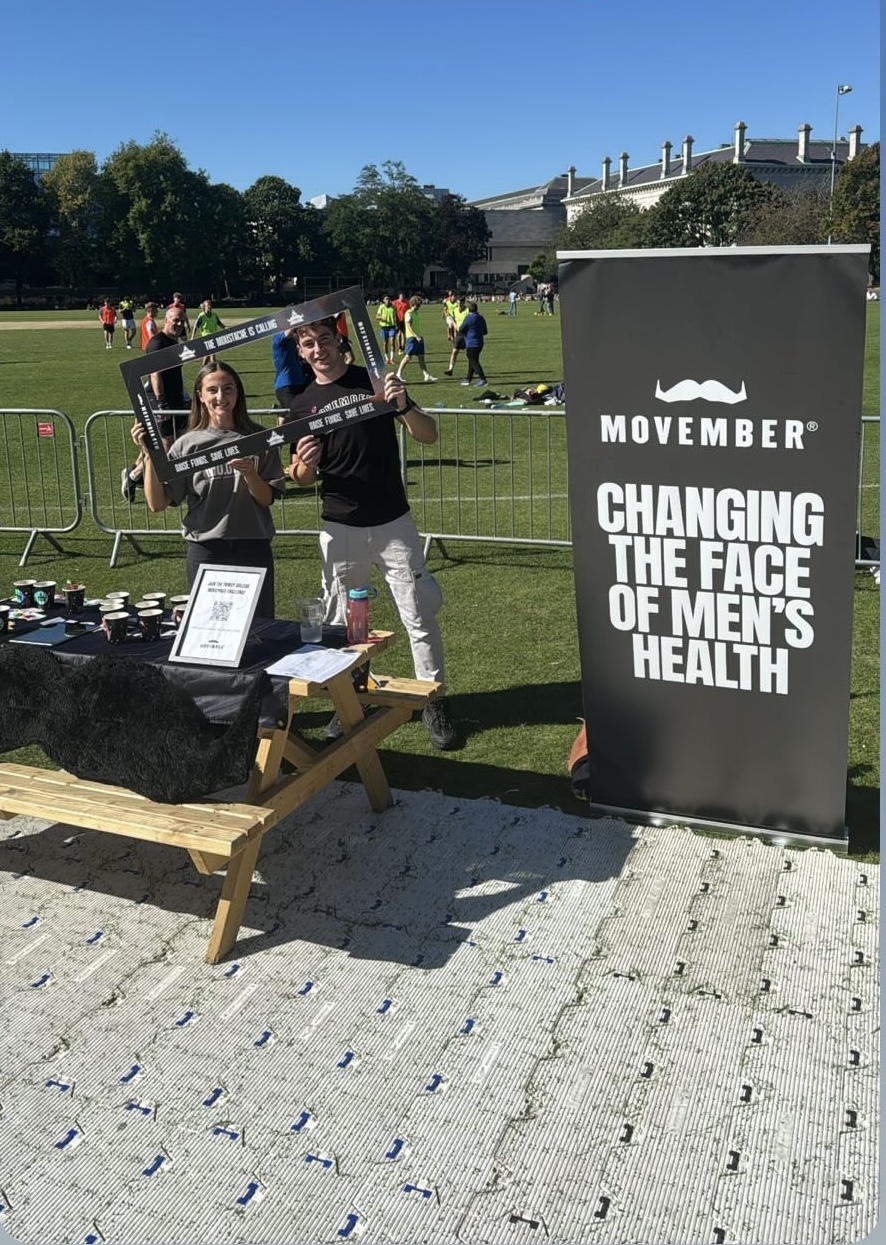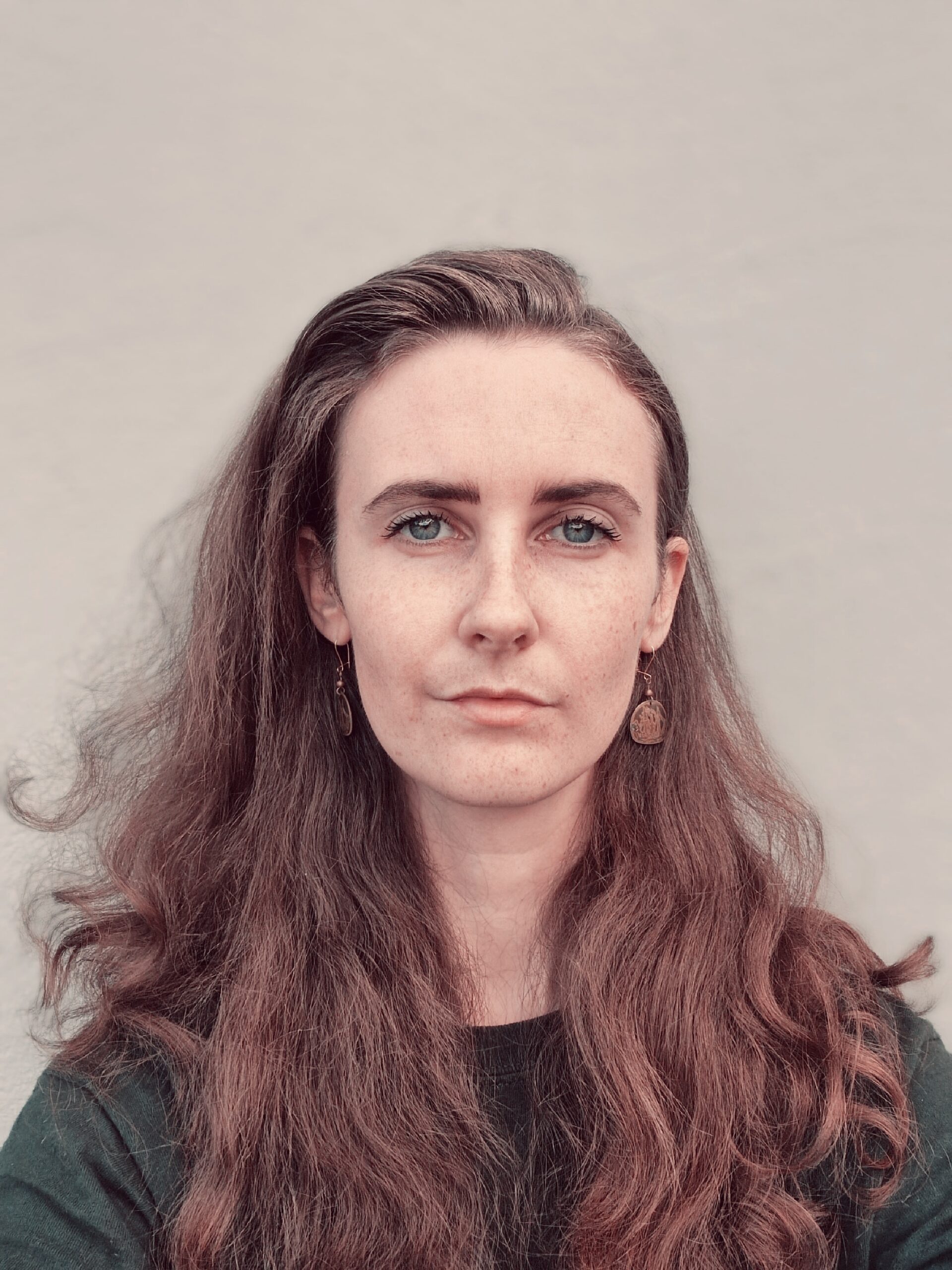Often you hear people explain that they want to volunteer in order to ‘give something back‘. I find this both intriguing and perplexing: what exactly has been ‘taken’ for it ‘to be owed’ in the first place? And to whom is that ‘something’ owed? Alternatively, some people make no attempt to conceal their ego-centrism and freely admit their true motivation: to give their CV an edge over the ubiquitous 500 applicants applying for the same single job. With employment at the peak of competitiveness in the current climate, this is a common motivation with which, as a graduate myself, I can empathise. Both of these groups of people inevitably return to their native countries ladened with hundreds of photos of them clutching African orphans eager to upload them onto Facebook or MySpace to show their 600 on-line friends their good deeds from the summer.
Despite evidence to the contrary, I am not (entirely) cynical about volunteering. In fact, I have personally been fortunate enough to have volunteered abroad on a number of occasions, on projects ranging from wildlife conservation to HIV/AIDS education. Furthermore, I consider my experiences on these programmes to be amongst the most enriching in terms of personal development, friendships formed and cultures encountered.
However, once the hurdle of true personal motivation has been overcome, another obstacle on the path to true altruism lies ahead: the integrity of the volunteer organisation. While it is possible to volunteer on an independent basis, in my opinion, the best option by far is to go within the security of an established organisation. There are a multitude of benefits to this approach, not to mention the increased peace of mind for the parents whose child is going forth into the ‘dangerous unknown‘. My parents, like most I would imagine, took infinite comfort in the knowledge that there would be a guardian to whom I (and they) could rely on in case of emergency.
However, volunteer organisations are not without their faults. Sadly, there are some corrupt and financially-motivated enterprises which falsely promote a benevolent front. Some organisations even hinder the development of their projects in order to sustain the attention of new volunteers and their financial contributions. I cannot emphasise enough the importance of researching the background of the volunteer organization which you plan to go with. By investigating the ethics and transparency of the organization, you ensure that your money and time goes to those in need and contributes to a sustainable project which responds to and works with the local people and environment.
With these sceptisms in mind, I was on a quest to find a volunteering opportunity for myself and a friend. It was by a word-of-mouth recommendation that we stumbled across the Dell Cheetah Centre, located less than two hours from Johannesburg in South Africa. With passion and determination to protect the endangered cheetah, South Africans Pieter and Estelle Kemp originally established the non-profit foundation in 2001. With the help of Erin Sparks and Lizzie Duthie, a qualified safari guide, the Kemps are on their way to achieving their long-term goal of re-introducing cheetahs back into their natural wild habitat. Volunteers are welcomed to assist the project and play a crucial part in the future of this beautiful species.
It is the genuine adoration of and respect for African wildlife which sets the Centre apart from other enterprises. From the moment Lizzie and Erin met us at Johannesburg airport, we began our memorable African adventure. In the car from the airport to the Centre, Lizzie and Erin, who are both originally from England but have spent substantial amounts of time in Africa, took the opportunity to explain everything from the local mindset of ‘Africa time’ to the geography and history of the reserve.
The Centre is located on the buffer zone of the Vredefort Dome Impact Site in the Free State, one of the nine provinces in South Africa. Approximately 2 billion years ago a meteorite the size of Table Mountain hit the region causing a dramatic change to the geology of the area resulting in a hilly grassland landscape. The Vaal River, the largest tributary of the Orange River in South Africa, meanders through the reserve adding geographical diversity and attracting countless bird species.
On arrival to the volunteer camp we were given a guided tour of the accommodation, which was comfortable and rustic. Some of the furniture was constructed from Blue-Gum wood; trees which Lizzie passionately explained are not indigenous to the area and therefore jeopardise the delicate balance of the local vegetation which in turn is responsible for sustaining the wildlife inhabiting it. By cutting down these specific trees, which were planted in the reserve as an experiment decades ago, the environment can slowly return to its natural balance and the wood can be made into furniture for the volunteer accommodation. Overall, I found the camp facilities, and the ethos behind it, to be reassuring evidence of the organisation’s priorities which are aligned with a enduring aim towards conservation.
During a large and delicious home-cooked supper prepared by some of the volunteers, Lizzie and Erin briefed us about our duties as a volunteer. We were expected to interact with the cheetahs on a daily basis by feeding them, cleaning their enclosures, monitoring their behaviour and exercising them. Every detail was accompanied by an anecdote from one of the other volunteers whose infectious enthusiasm ensured an entertaining evening.
The next morning, we were gently woken by the sound of the Cape Turtle Dove. The local saying goes that he calls in the morning to ‘work harder, work harder’ while in the evening he encourages us to ‘drink lager, drink lager‘! With this work ethic in mind, excited by the fresh African morning air and the prospect of our first encounter with the nine adult cheetahs and three cubs on the reserve we set off on foot towards the enclosures.
We had barely left the camp before we spotted giraffe on the horizon. Although some of the other volunteers had been at the Centre for a couple of weeks, their excitement at seeing these extraordinarily graceful creatures had not faded, something I found quite refreshing. Everyone delighted in telling us quirky snippets of information about the enormous herbivores including the fact that they are capable of reaching their eyes with their tongues (if they felt so inclined to perform such an activity!). The expansive knowledge of the volunteers about the other wildlife in the reserve and conservation in Africa in general amazed me. Clearly one of the central goals of the Centre is to instil a broad educational experience in their volunteers so they return home with a rounded understanding of not only cheetahs, but of wildlife and conservation in Africa on a greater scale.
The three day trip to the Kruger National Park, organised each month, is certainly considered one of the highlights by the volunteers. Not only does it present an opportunity to see the infamous ‘Big Five’ in their natural habitat, an incredible experience in itself, but it also allows you to explore another region of South Africa in backpacker-style, accompanied by other volunteers and Lizzie.
Before we entered the cheetah enclosures, Lizzie and Erin ushered us towards an area which could be casually labelled an ‘outdoor class-room‘. Here, a number of information boards stood clearly and boldly outlining details such as the anatomy of the cheetah, the differences between the cheetah and the leopard and the handling of the cheetahs. Our mentors expertly supplemented each point with further clarification and examples until we had a solid background knowledge of the cheetah. Afterwards, questions were answered and further discussion commenced with regard to the stages of how exactly the long-term goal of re-introducing cheetahs into wild takes place at the Centre.
Currently, all of the cheetahs at the Centre have been born into captivity and, although the instinct remains, they lack the knowledge and technique to stalk, capture and kill prey. The first step in the process is to teach the cheetahs how to hunt using a lure machine which simulates a high speed chase, at the end of which the cheetahs are rewarded with meat. Eventually the cheetahs come to associate running and chasing with food.
Once the cheetah has proved itself to be competent at this stage, they progress to a larger area which remains enclosed and well stocked with suitable game so that it can refine its technique. Detailed data collection continues and careful consideration determines which cheetahs are introduced to the same region to ensure the best possible gene pool for potential breeding. Volunteers continue to monitor the hunting and breeding, although there is no direct human contact or interference at this stage. The cubs will grow and become independent of the mother who will be solely responsible for teaching them how to hunt for themselves. After time, they will be relocated to a suitable reserve to start a new cheetah population or alternatively bring a new bloodline into an existing one.
On our final evening, we ventured outside to take in the majesty of the African night time sky one last time and to reflect on our time at the Centre. This ambitious project is the first of its kind involving cheetahs and it undeniably relies on the time and enthusiasm of dedicated volunteers to advance the programme. It is at an exciting stage of its development which offers a unique opportunity to rectify the damage humans have managed to inflict on this incredible species.
Undoubtedly, Africa had pulled out all the stops as we reluctantly drove away from the Centre. The sunset on the horizon was ablaze with shades of amber and magenta and the parting words of our fellow volunteers resonated in our ears – “It’s been emotional”. That it certainly was. Our time at the Dell Cheetah Centre had subconsciously, yet ingeniously, rekindled my love affair with Africa and restored my faith in volunteering.






